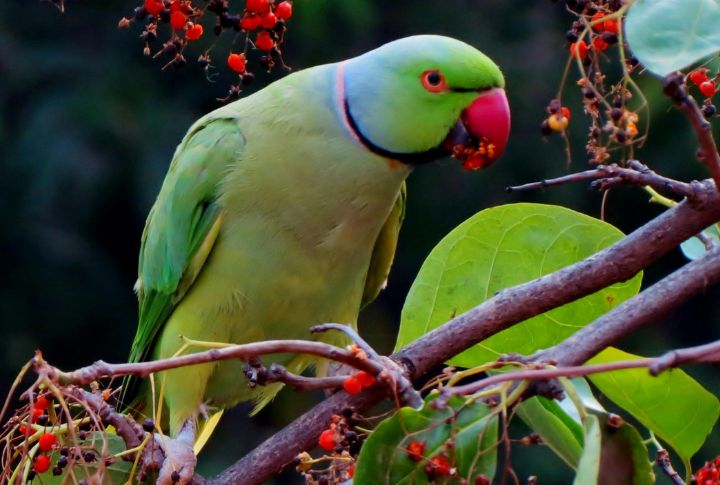
Parrots are far more than just bright feathers and loud squawks—they rank among the smartest and most intriguing animals on Earth. Their behavior often defies expectations, and scientists are still exploring the full extent of their intelligence. If you’ve only seen parrots as chatty pets, it’s time to take a closer look. Here are ten surprising behaviors that show parrots truly play by their own rules.
They Can Mimic Human Speech Fluently
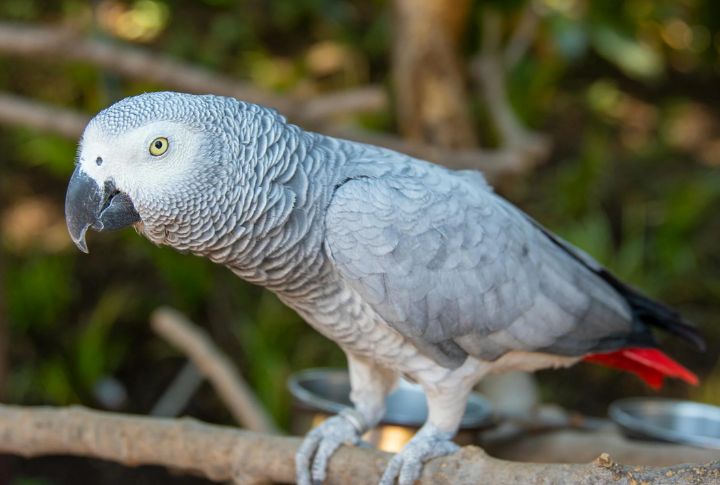
African Grey parrots can learn over 1,000 words, mimicking human tone and emotional cues with striking accuracy. One famous parrot, Alex, identified colors and even voiced frustration. Their speech isn’t just mimicry; they often grasp the context and match voices to familiar people and specific situations.
They Use Tools To Solve Problems
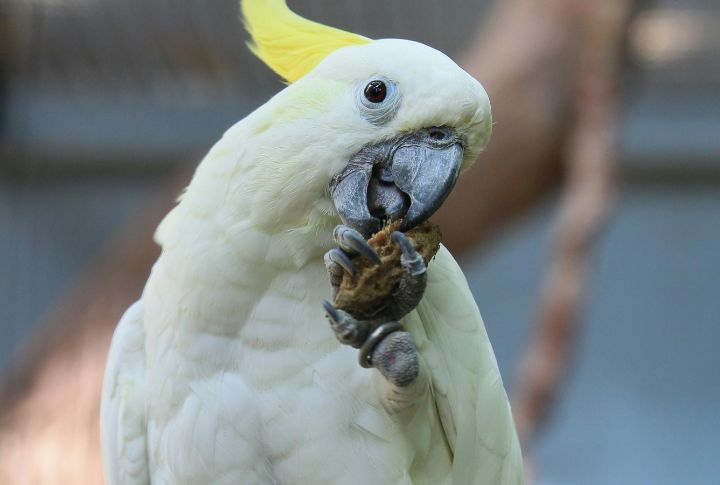
Goffin’s cockatoos have been seen using sticks and even crafting toolkits to access food. This type of tool use is rare among birds and demonstrates problem-solving abilities similar to those of chimpanzees. Some parrots even figure out multi-step solutions without any prior training or guidance.
They Form Life-Long Pair Bonds
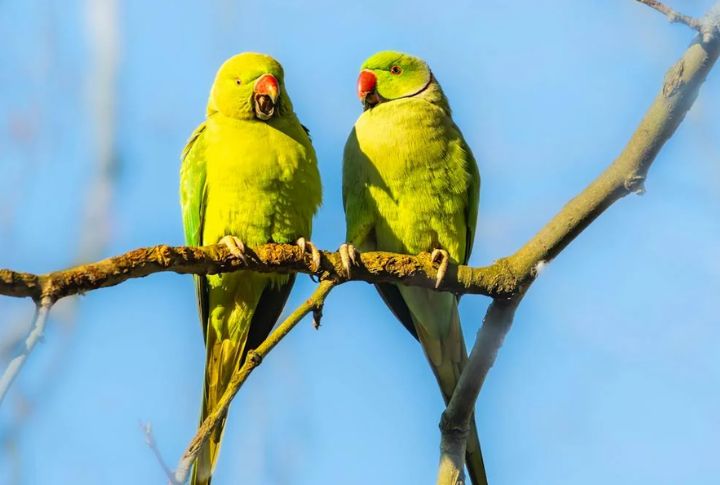
Many parrot species form lifelong pair bonds and choose a single mate they remain devoted to. These pairs build nests cooperatively and raise chicks as a team. Separation can cause visible stress, including feather plucking, which is evidence of a deep emotional connection uncommon among most bird species.
They Dance To Music With Rhythm

A cockatoo named Snowball adjusted his moves to 14 different songs, showing a true sense of rhythm. Parrots spontaneously sync to tempo without training. This beat-matching behavior is so rare that it’s been studied by scientists as a sign of advanced neural timing.
They Use Names To Identify Each Other
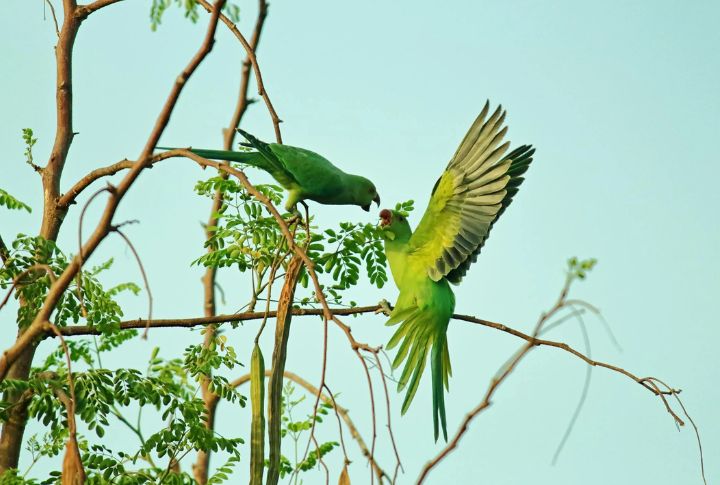
Wild parakeets develop unique contact calls, essentially names for individual birds. These vocal signatures are learned, not inherited. Parents give their chicks distinct call patterns, which help parrots recognize each other in large, noisy flocks. It’s one of the only naming systems in the bird world.
They Understand Concepts Like Zero

Alex, the African Grey, could identify “none” when no objects were present, a sign he grasped the abstract idea of zero. He also counted, distinguished colors, and labeled items. Parrots are one of the few animals proven to understand the absence of quantity as a concept.
They Can Learn Through Observation Alone
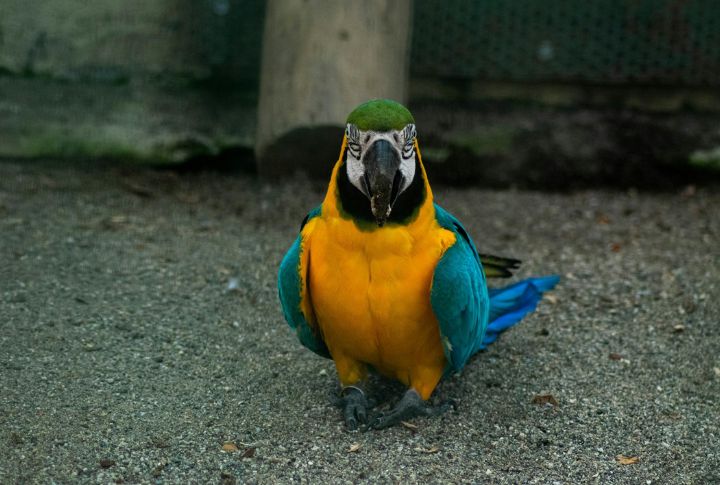
Instead of trial and error, some parrots pick up new tasks just by watching others. Kea parrots have solved puzzles and opened complex latches after a single demonstration. This kind of social learning without direct reinforcement is rarely seen outside of humans and primates.
They Regrow Damaged Feathers With Precision
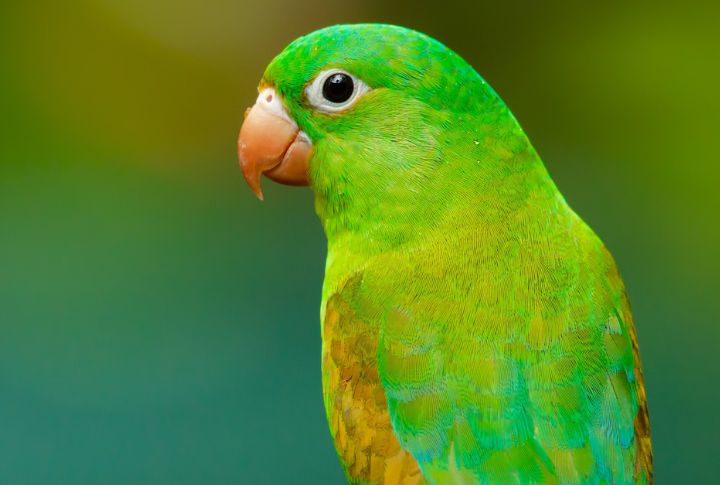
Parrots molt with remarkable precision. When feathers are lost or damaged, they regrow in a symmetrical pattern to maintain flight stability. The timing is crucial because poor molting can indicate stress or illness. In the wild, this controlled process directly affects their ability to evade predators and survive.
They Sleep With One Eye Open

While perched, parrots can shut down half of their brain and rest with one eye open. This is called unihemispheric slow-wave sleep. It helps them detect predators without fully waking. Few animals have this sleep adaptation, and it’s especially useful in wild or exposed environments.
They Use Distraction To Protect Their Young
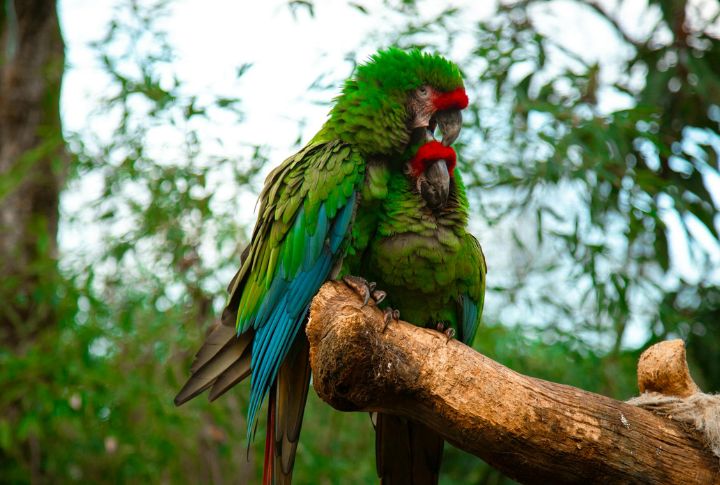
Parrots have been known to fake injury as a trick to lead predators away from their vulnerable nests. They may drag a wing or flutter erratically to sell the illusion. This strategic decoy behavior buys time for hidden chicks, a rare instinctual defense among bird species.

